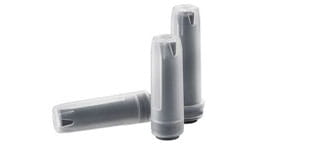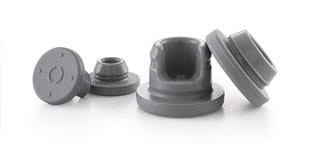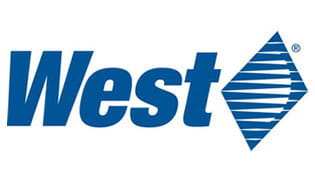How to Optimize Delivery for Drugs Delivered via PFS and Auto-Injector
The recent growth of self-administration devices has provided the opportunity to truly change the landscape in drug delivery. These devices, such as auto-injectors, not only allow for more patient convenience, but also enable different dosing regimens and types of therapies that can now be injected via auto-injector. These advantages are why the auto-injector segment is the fastest growing delivery segment, and the majority of top selling drugs are delivered via PFS/auto-injector.
![]()

Given the growth and technical advantages of auto-injectors (safety, dose accuracy, convenience), it is important to optimize the delivery system using various inputs from the drug, container, device, and patient to ensure the target drug delivery system meets the needs of the patient, caregiver or healthcare provider. These various inputs are outlined below.

Drug Product Requirements: These inputs focus on drug product compatibility, sensitivity and complexity. These inputs tend to drive the selection of primary packaging components.
Container Requirements: The requirements for the container can refer to container type (cartridge or syringe), size (i.e. 1mL long, 2.25mL) or material (glass or polymer) and are largely determined by the drug product needs.
Delivery System: Impacting the delivery system are inputs such as volume, viscosity and injection time. Typical drug products delivered via auto-injector in a 1mL long PFS format target a delivery time of 10 seconds or less, and a drug product viscosity of no more than 20cp. Larger delivered volumes or viscosities tend to push the injection time beyond 10 seconds, and the delivery system would need to be modified accordingly or alternative delivery systems such as wearable injectors would need to be explored.
Patient/Caregiver Interface: Considerations for the target patient population or end user provide important insights to be included in delivery system development. Human Factors and other upfront user feedback can prevent missteps during development such as late stage modifications of the delivery system.
With the complexity of drug delivery systems continuing to expand beyond traditional injection systems, it is important to adopt an integrated approach for drug delivery that includes drug product, container, device and patient together to optimize the delivery system for success.
West offers a variety of PFS and containment solutions, including the SelfDose™ manual injector. Learn more about our PFS options here.
SelfDose™ is a trademark of West Pharmaceutical Services, Inc. in the United States and other jurisdictions.













